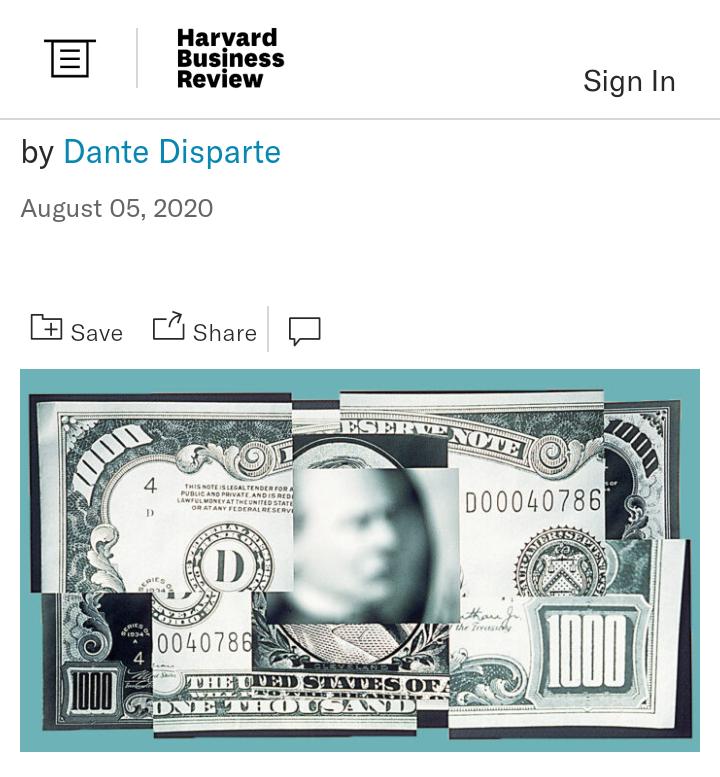Right now, more than 70% of the world’s central banks are exploring the merits of central bank digital currencies (CBDCs) — electronic versions of their national fiat.
A national digital currency could reduce reliance on commercial banks as the principal interface for money management and increase optionality for consumers, many of whom are beyond the reach of physical bank branches or excluded from the financial system due to poor credit or lack of funds. So, what would an open peer-to-peer payment infrastructure look like? And how would it work with CBDCs? Practically speaking, there are two ways to achieve this safely: 1) promote regulatory certainty and vigorous promotion of competition around the growing wave of stablecoin projects, and 2) create regulatory sandboxes where various experiments with CBDCs of the wholesale, retail, and hybrid variety can be tested, along with the public-private collaboration that can make last-mile use cases a reality.
Read the full article at HBR

